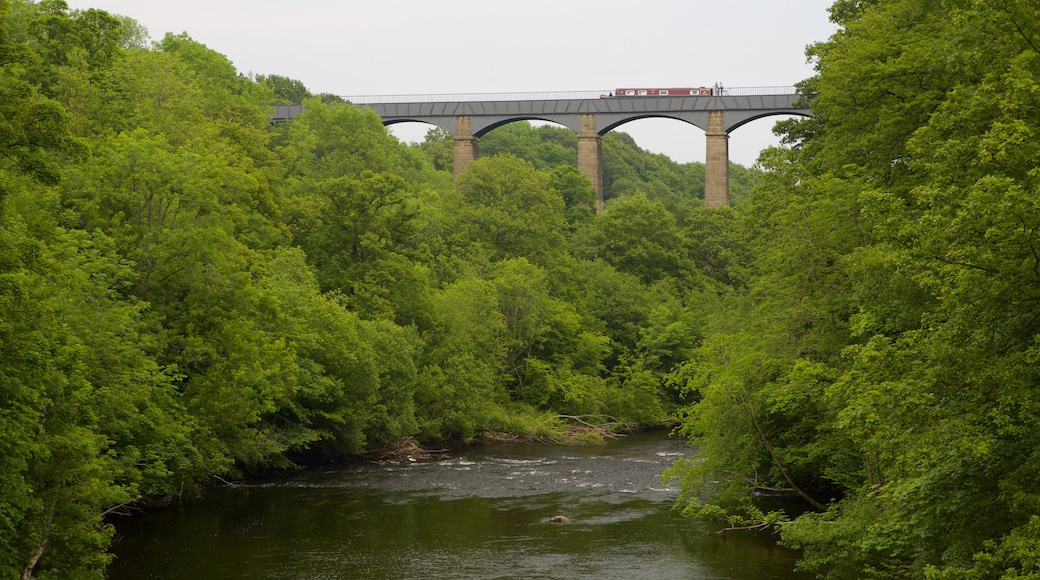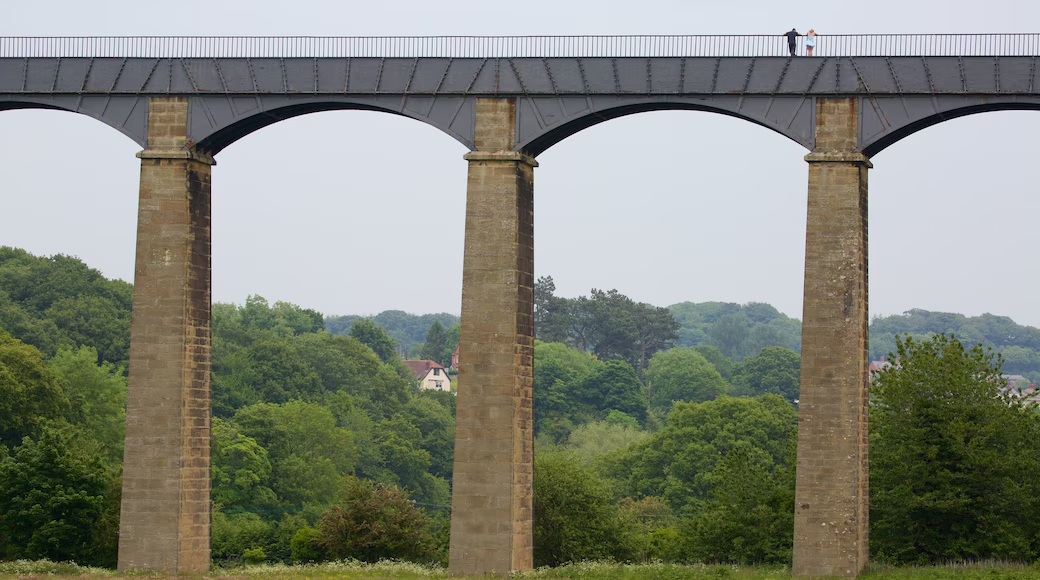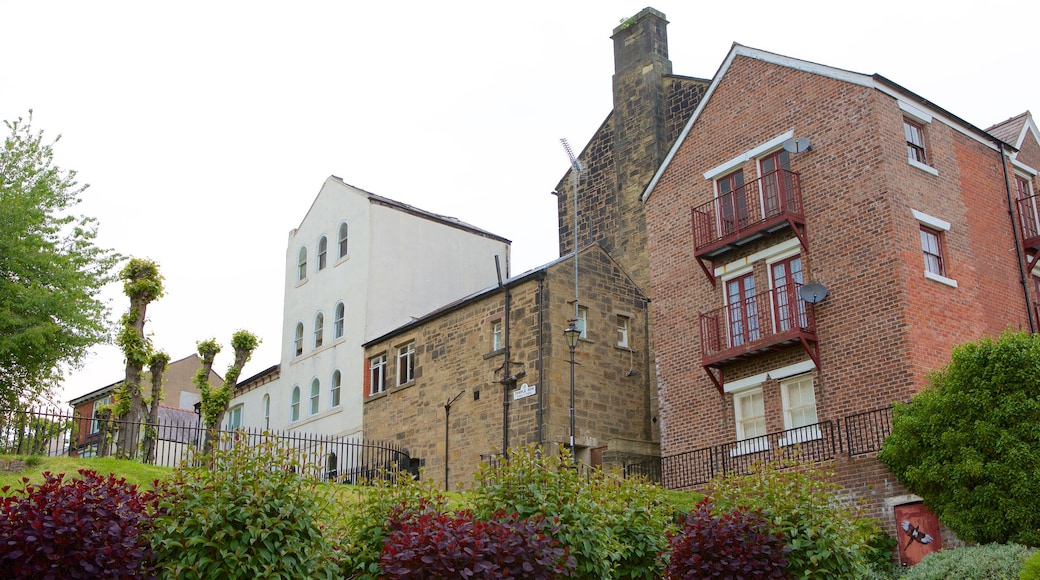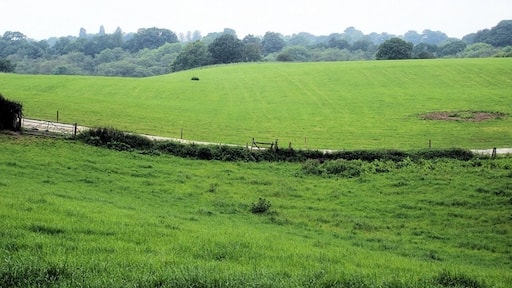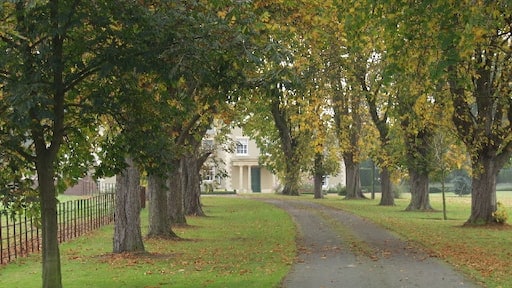Once at the heart of Wales’ prosperous coal industry, Wrexham has reinvented itself as a thriving modern town. Explore the pretty town center’s ancient buildings and museums or venture farther to one of Europe’s most spectacular aqueducts.
Explore the rich history of the area. The Wrexham County Borough Museum & Archives is filled with exhibits describing the city’s past as one of the world’s most important coal-producing towns. Delve farther into the past to see the remains of the Bronze Age Brymbo Man, a local from pre-history.
Head to St. Giles’ Parish Church, Wales’ biggest medieval parish church. See many artifacts here, including a 15th-century painting of the Doom or Last Judgment. Book a tour to climb the church tower, one of the Seven Wonders of Wales, for more amazing views.
Another fine relic is Erddig Hall, where the local Yorke family lived for 240 years. Learn about the lives of the gentry and their servants. See the many possessions kept by the family, including numerous staff portraits. Outside explore the 1,200-acre (485-hectare) estate, which includes an 18th-century walled garden.
Don’t miss the still functional Pontcysyllte Aqueduct, Britain’s longest and tallest aqueduct. Walk alongside the canal or enjoy the view from the comfort of a barge. Cross the border into England while over 100 feet (30 meters) in the air. A few miles downstream at Chirk Aqueduct the views are equally spectacular. The area features a network of underground tunnels.
Wrexham offers a variety of entertainment. Head to Central Station, one of the largest live music venues in Wales or catch a show at the Grove Park Theatre, the oldest amateur theater in town. Events change at each of these venues and prices can vary, so make sure you check the schedule before your visit.
Located on the border of England and Wales, Wrexham is served by major rail networks and highways. You’ll find accommodations to suit all budgets. Book ahead during summer months and holidays.

